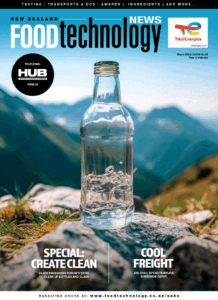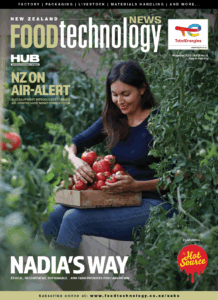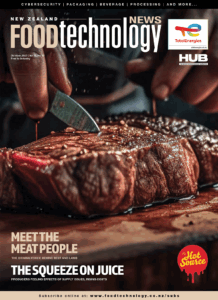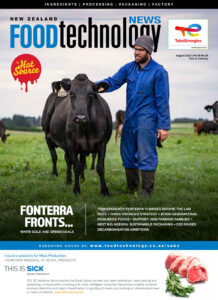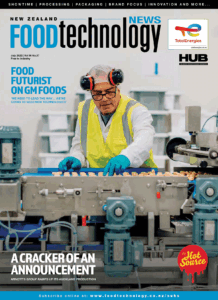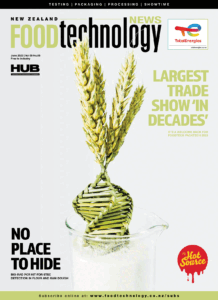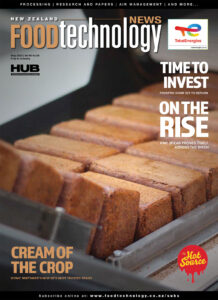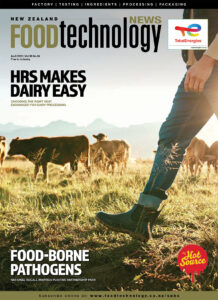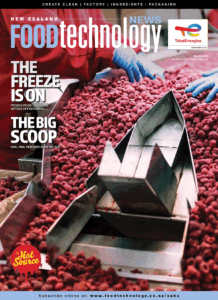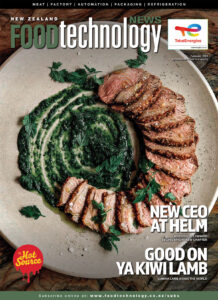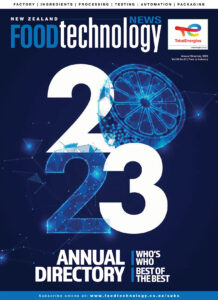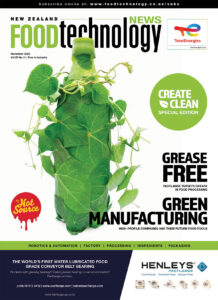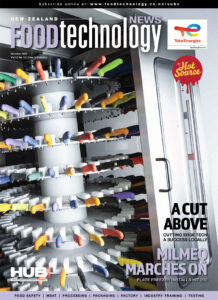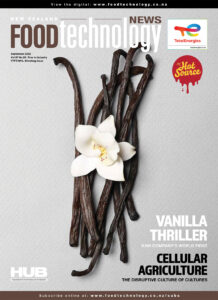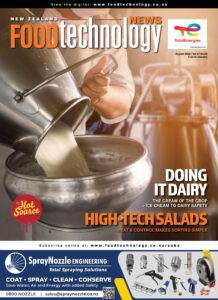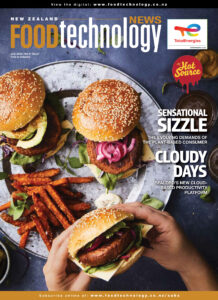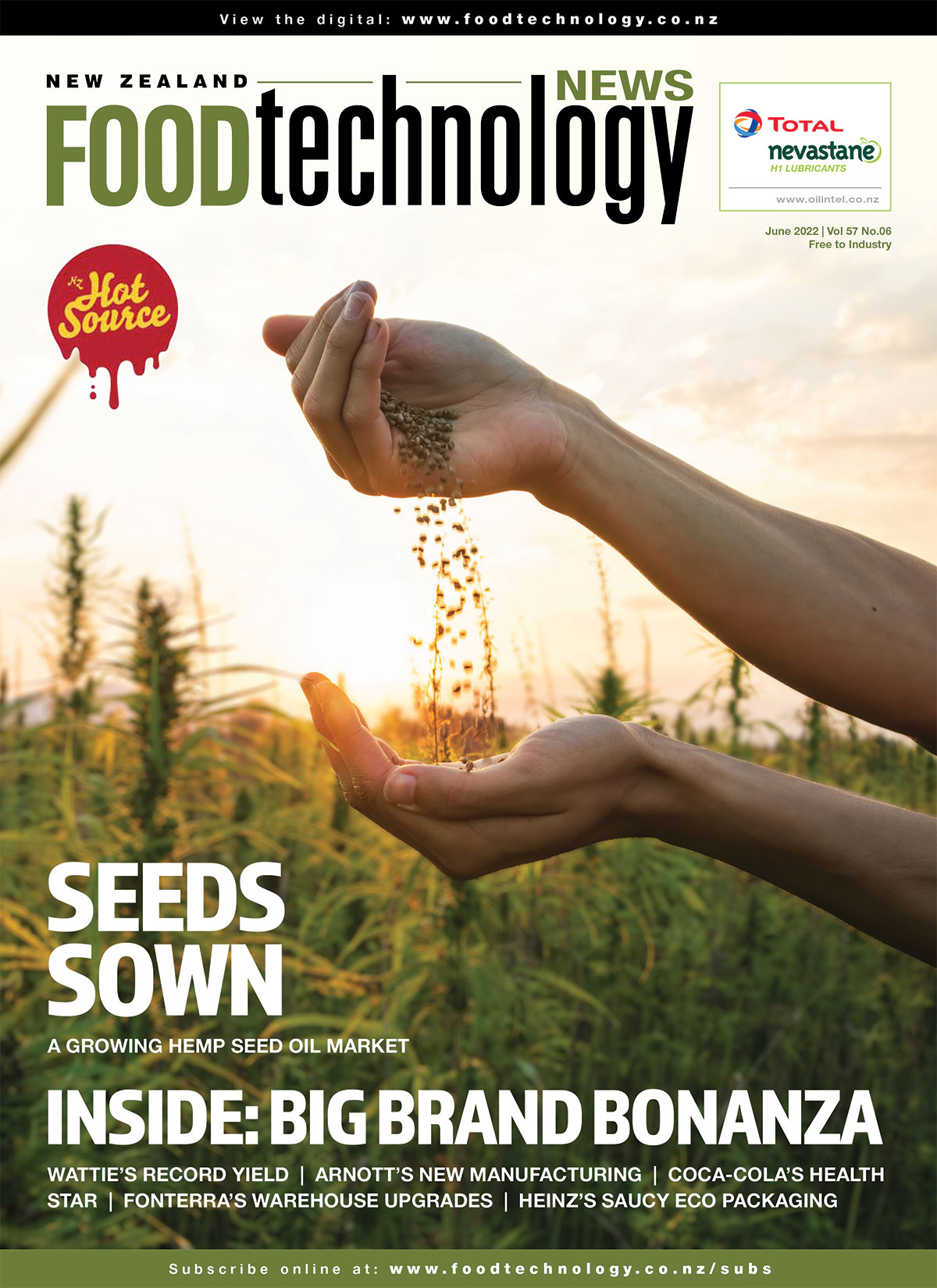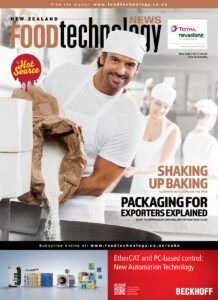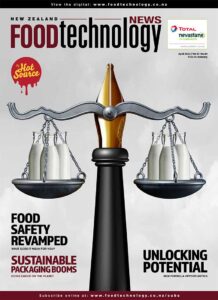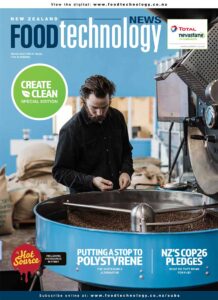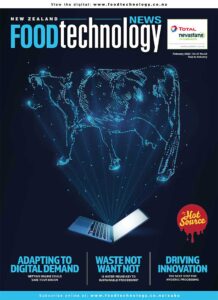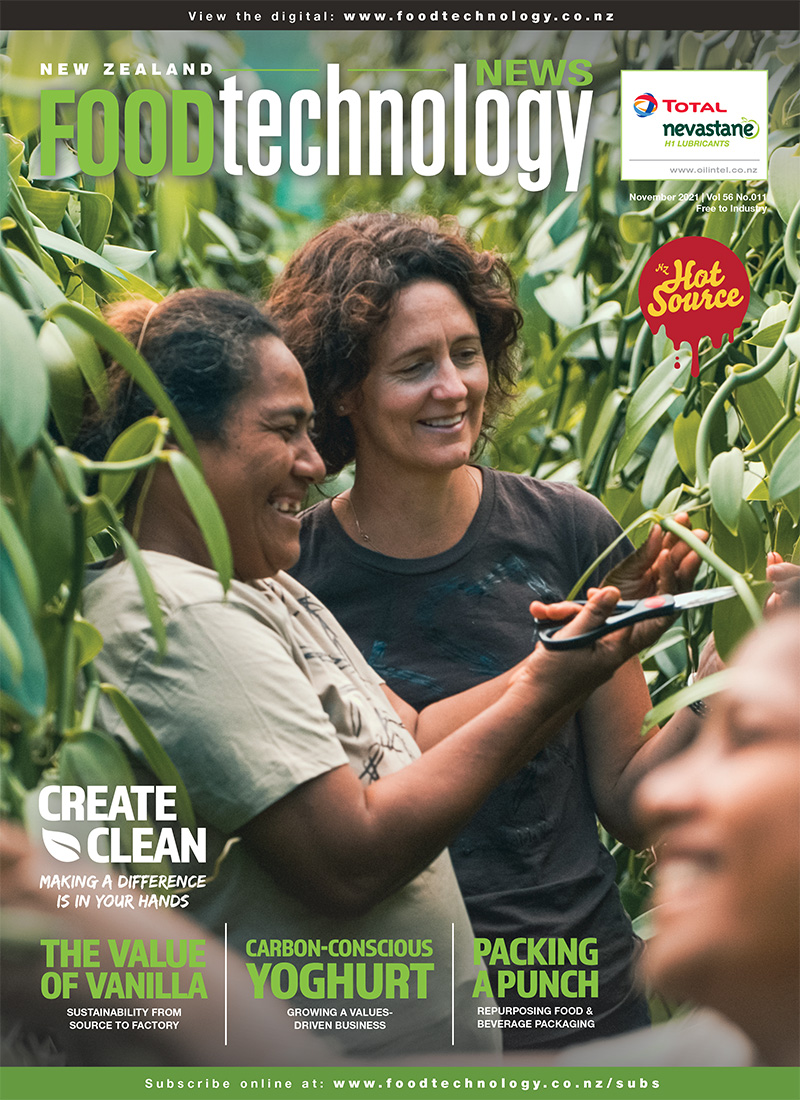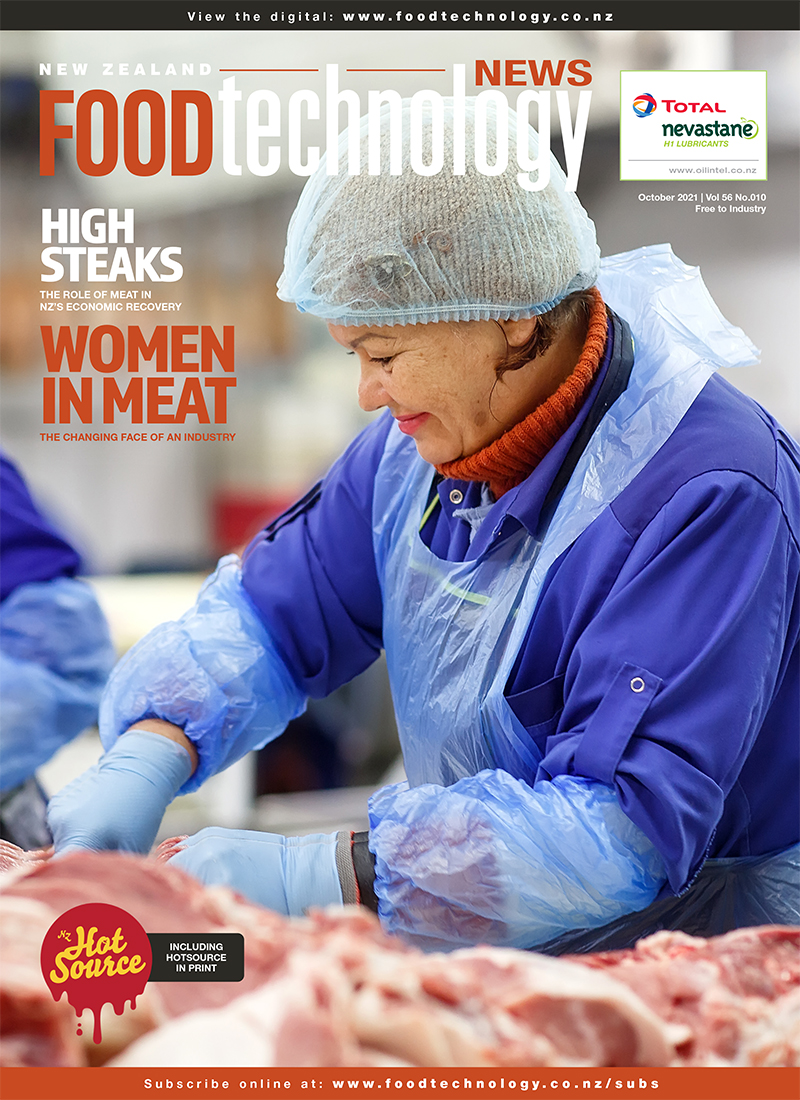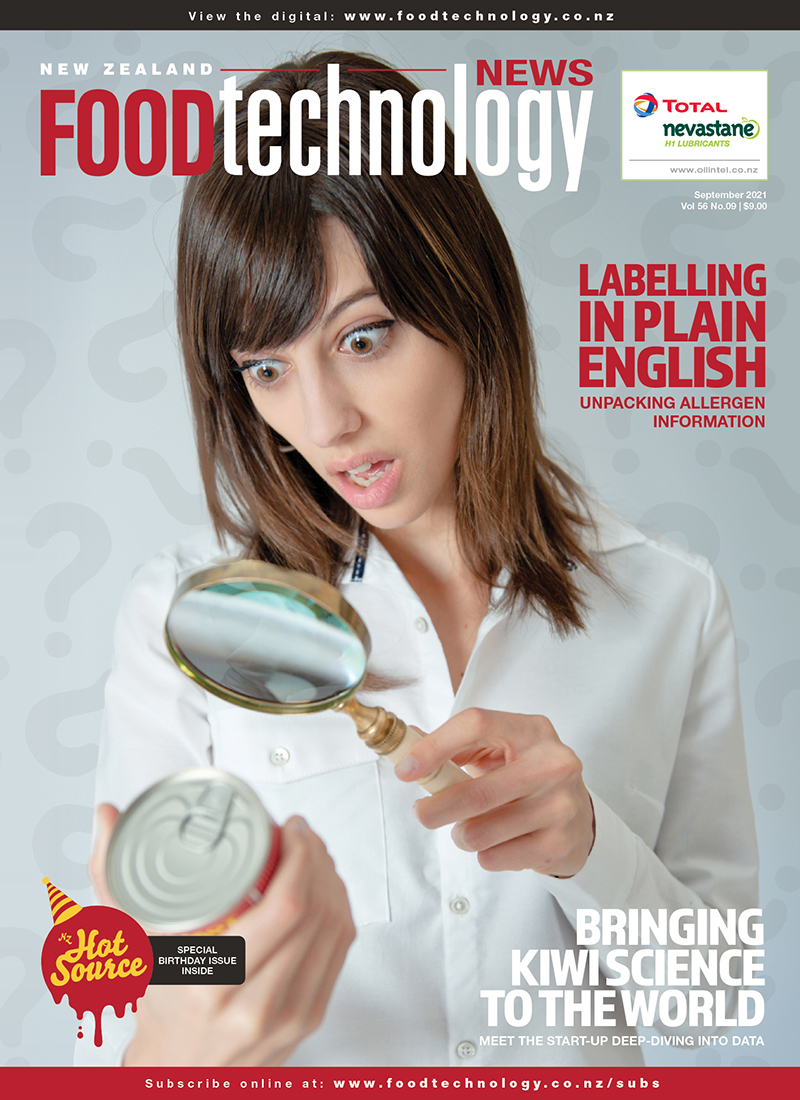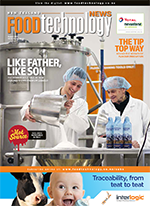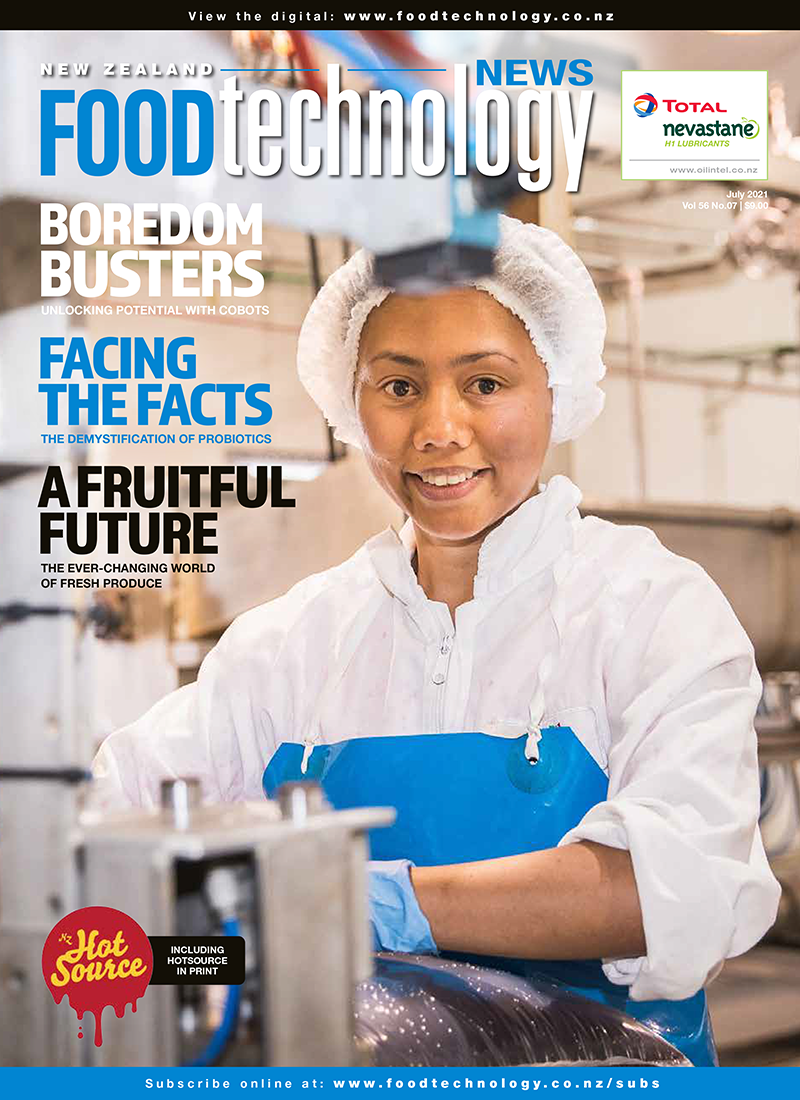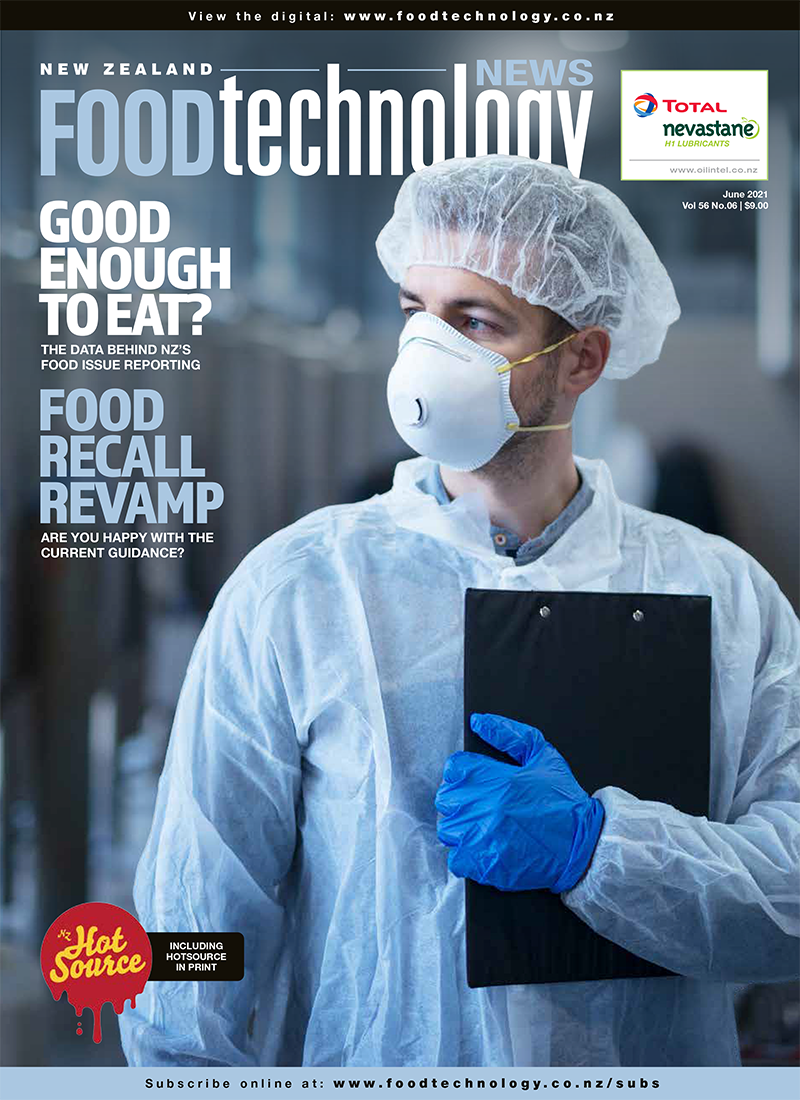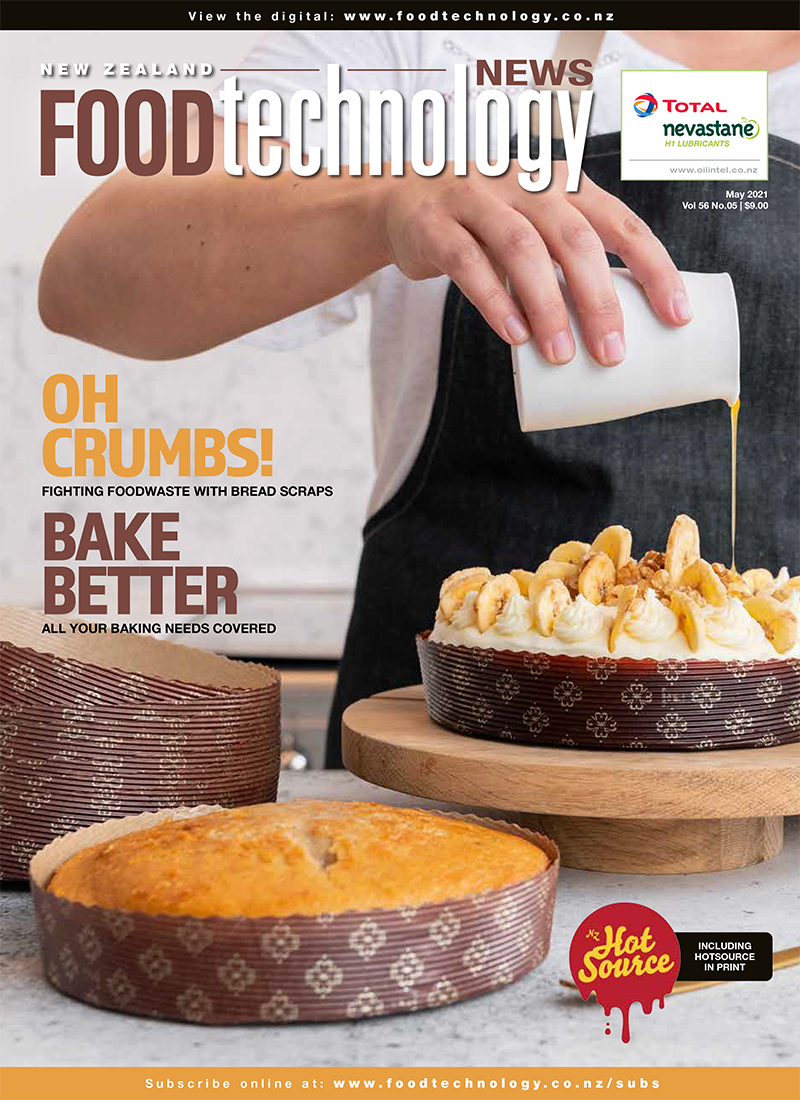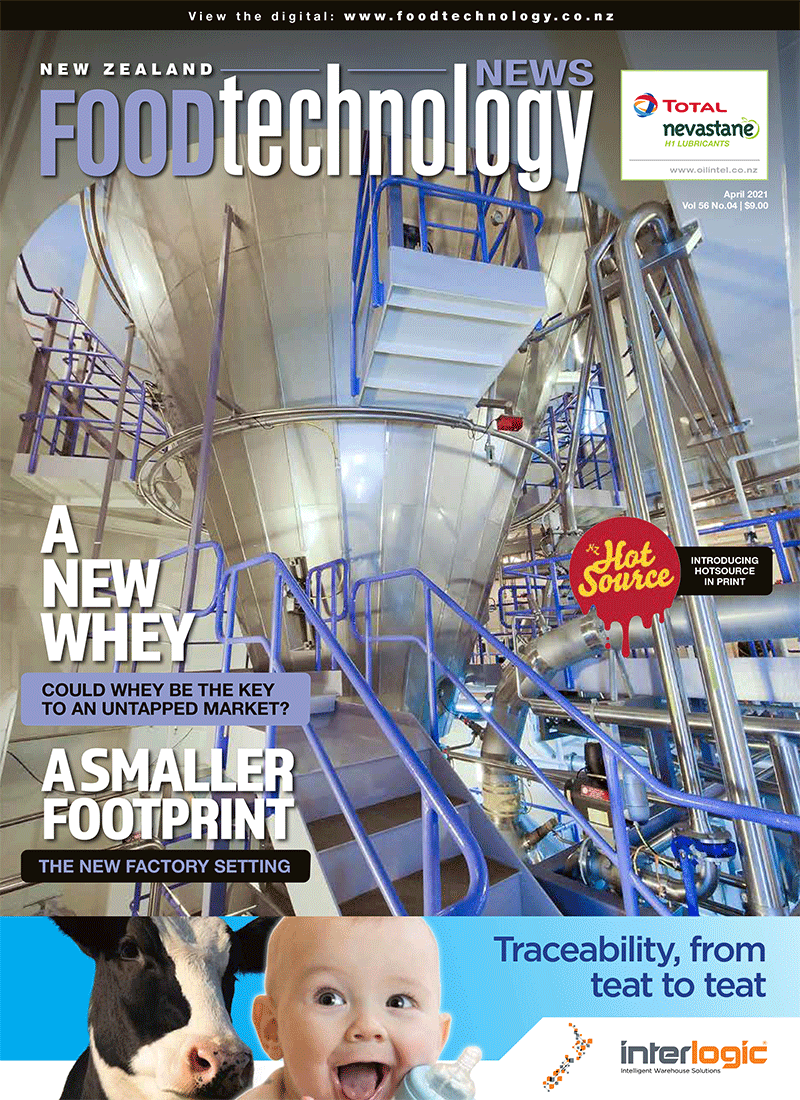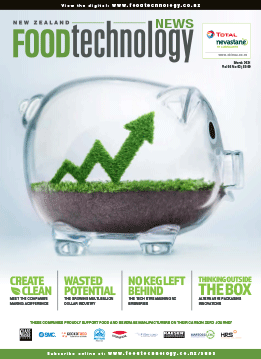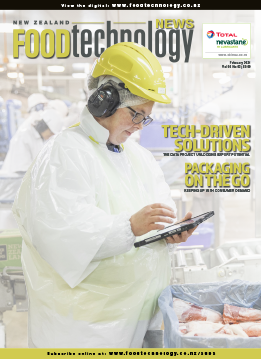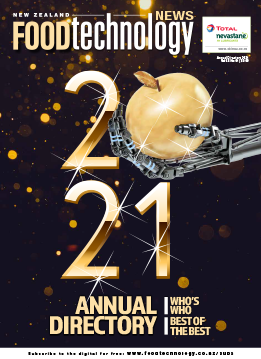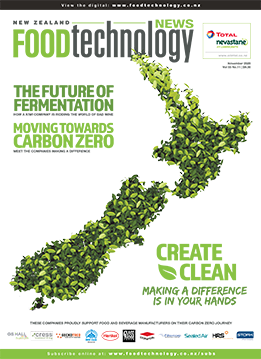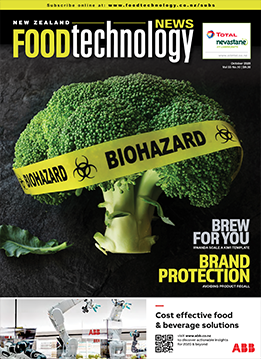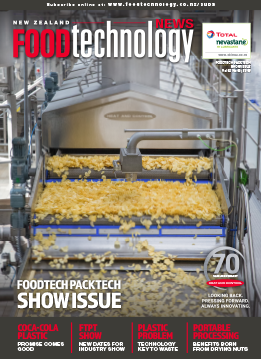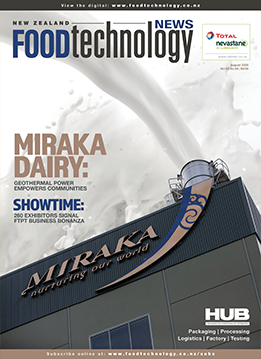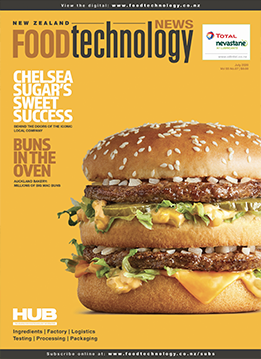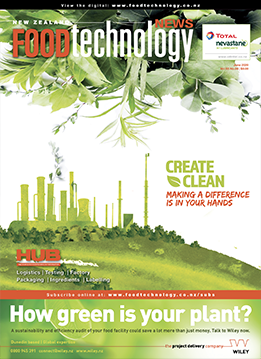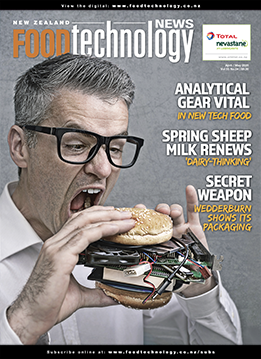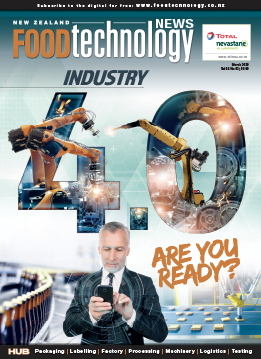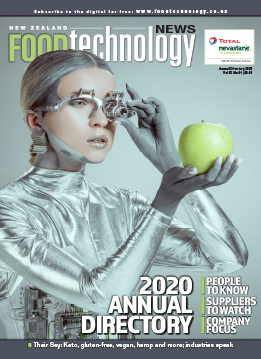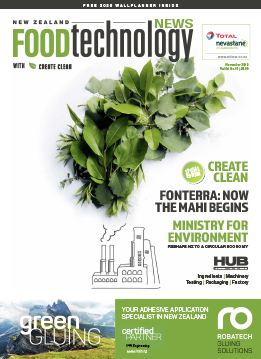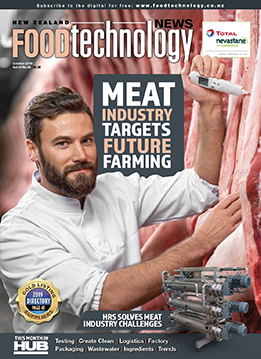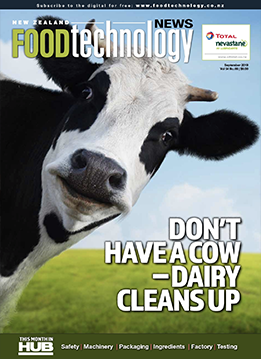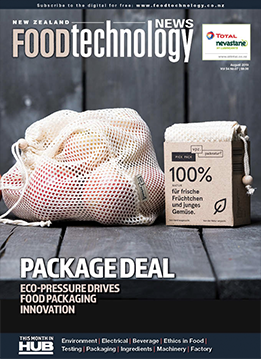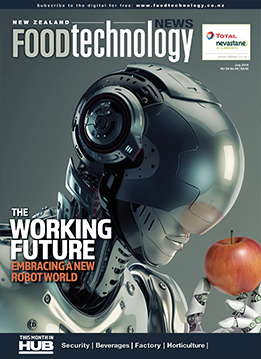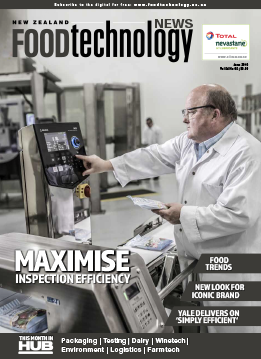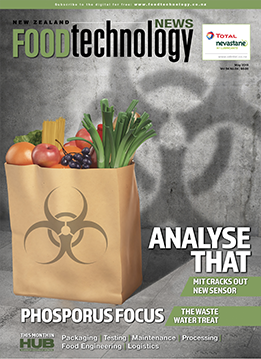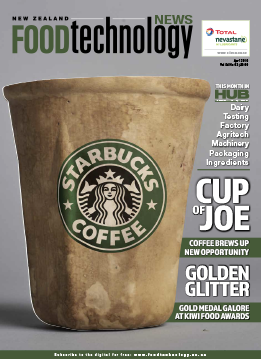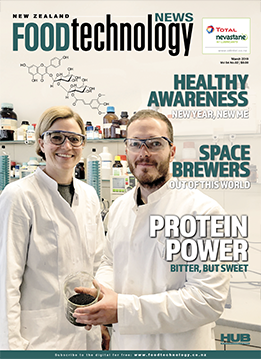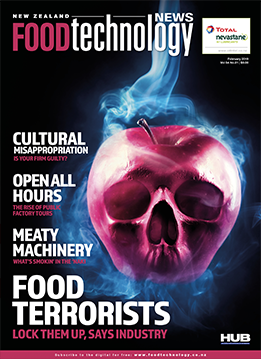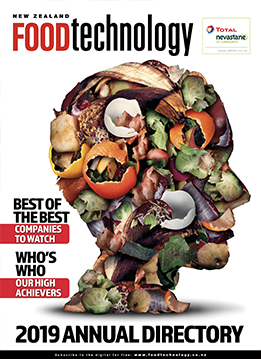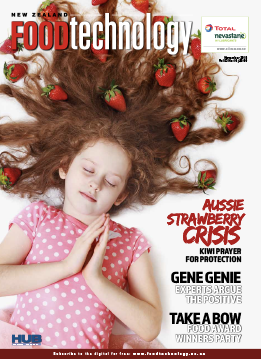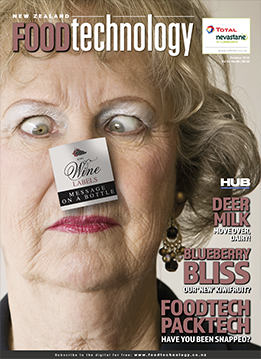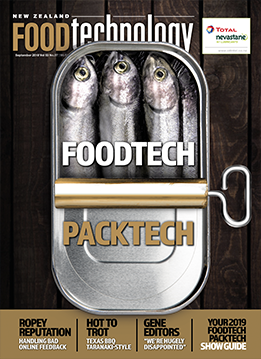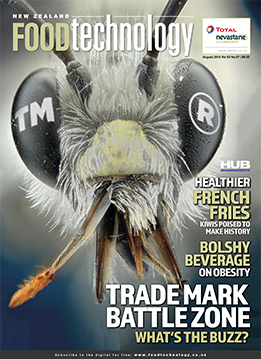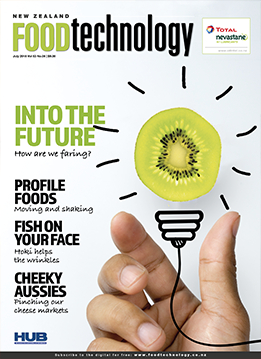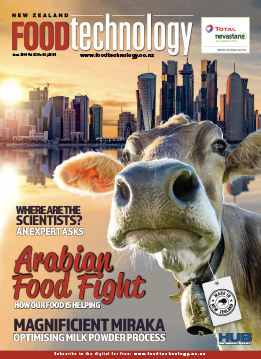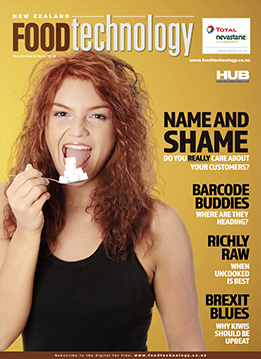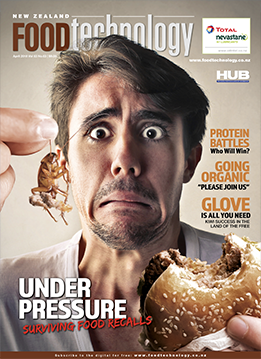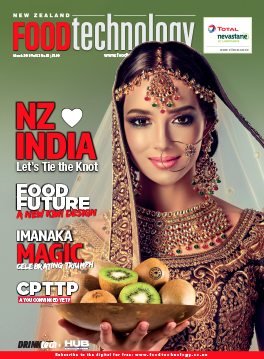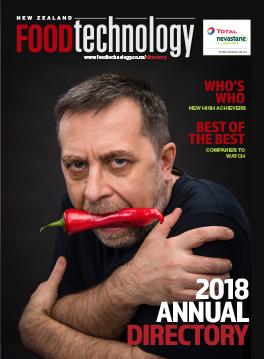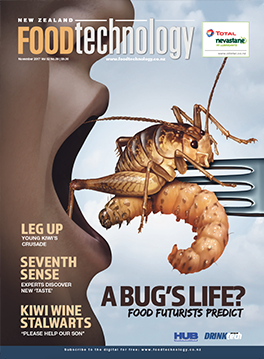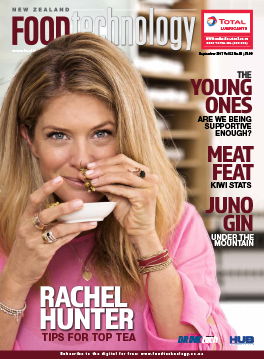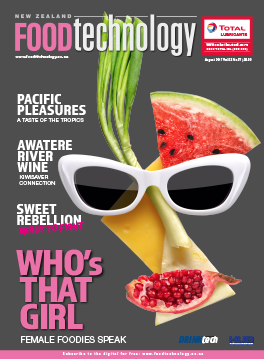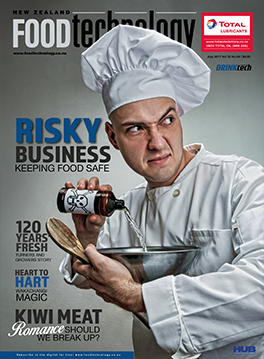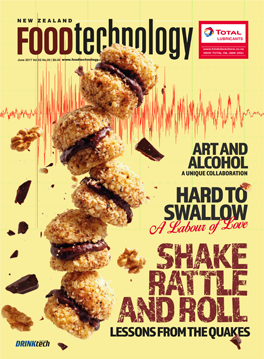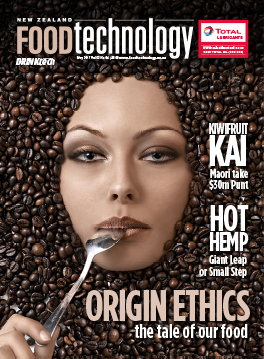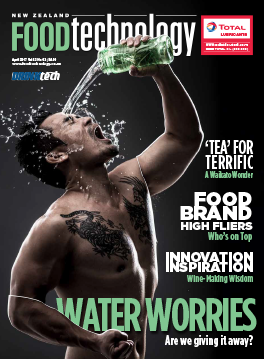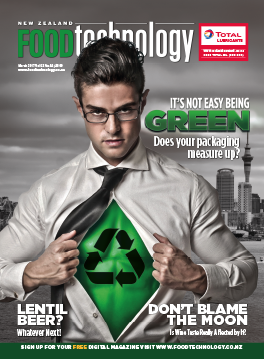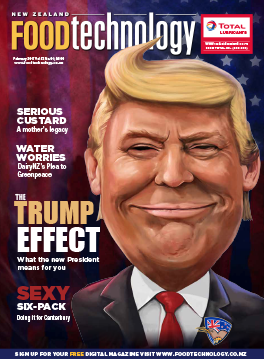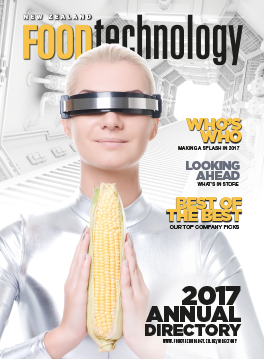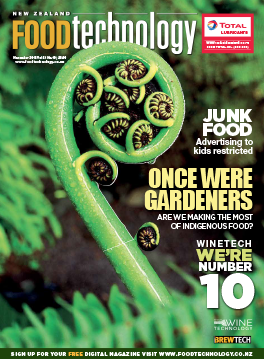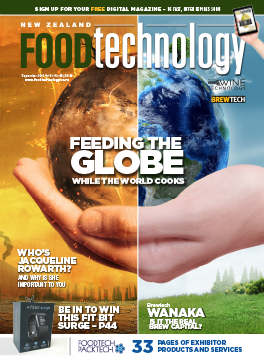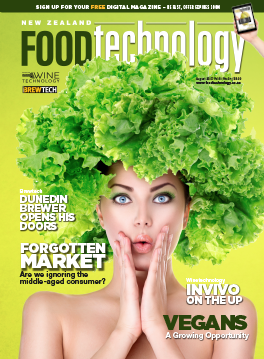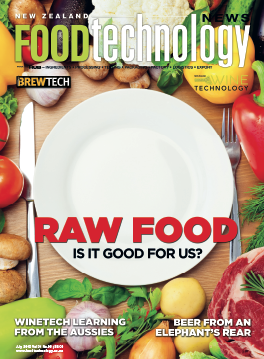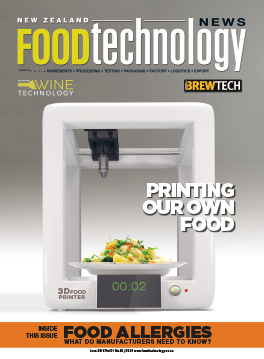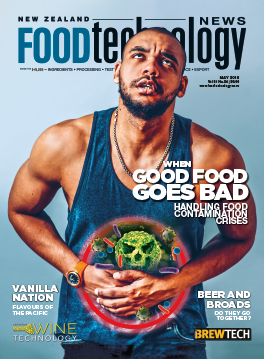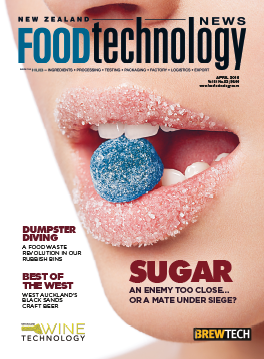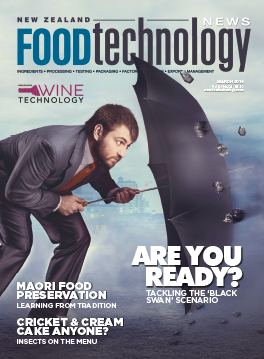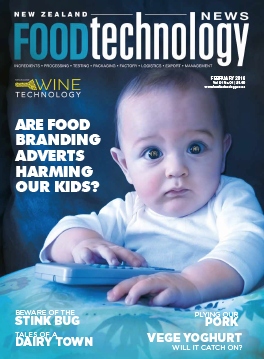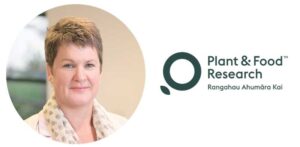
By Dr Jocelyn Eason, general manager of Food Innovation for Plant and Food Research
Sensory analysis is essential for the development and improvement of foods and beverages. This is still true despite huge advances in analytical chemistry and instrumental texture measurements, which can shed light on flavour and texture. With over 400 olfactory receptors in the nose and huge variations in sensitivity, people live in their own ‘flavour universes’. We all experience flavour in unique ways.
While the field of consumer-sensory science will continue to remain essential for developing and improving food and beverage products, it is likely to continue to evolve, as it has done over past decades. Previously, for example, descriptive sensory analysis relied on highly trained panellists to help evaluate eating quality. However, in recent decades, the need for consumer-centric product evaluation has led to something of a revolution in the measurement of the sensory properties of foods and beverages.
One driver for this change was around enabling researchers to better understand individual differences by ensuring that measurements come directly from the people who buy the products. Studies also indicate that trained panels and consumer and sensory characterisation provide similar results.
Consumer-centric approaches, called rapid sensory profiling techniques, include a wide range of techniques suitable for different applications. Check-all-that-apply (CATA) (and associated rating and temporal variants, RATA and TCATA) are popular. These approaches rely on consumers’ perceptions of the sensory properties of products, rather than those of experts and trained assessors.
CATA questions are simply checklists that ask consumers to ‘select all that apply’. Despite their user-friendly simplicity, they have had a huge impact. They have become a global standard and changed how product-focussed sensory and consumer research is conducted. Extensive methodological research and statistical procedures underpinned the development of CATA techniques and their adoption has placed consumers firmly at the centre of product-focussed research.
The field of sensory-consumer science will continue to advance with consumption emotions as a major area of development. Social media and big data will also shape approaches in the future. As will the drive towards machine learning and artificial intelligence.
Dr Jocelyn Eason has a PhD in Plant Physiology from Otago University and an MBA from Massey University. In her current role, Dr Eason manages Plant and Food Research’s Food Innovation Portfolio, which includes teams that investigate human responses to food, the influence of food on human nutrition and wellness, and the production and supply of nutritionally rich foods.
The information and opinions within this column are not necessarily the views or opinions of Hot Source, NZ Food Technology or the parent company, Hayley Media.








